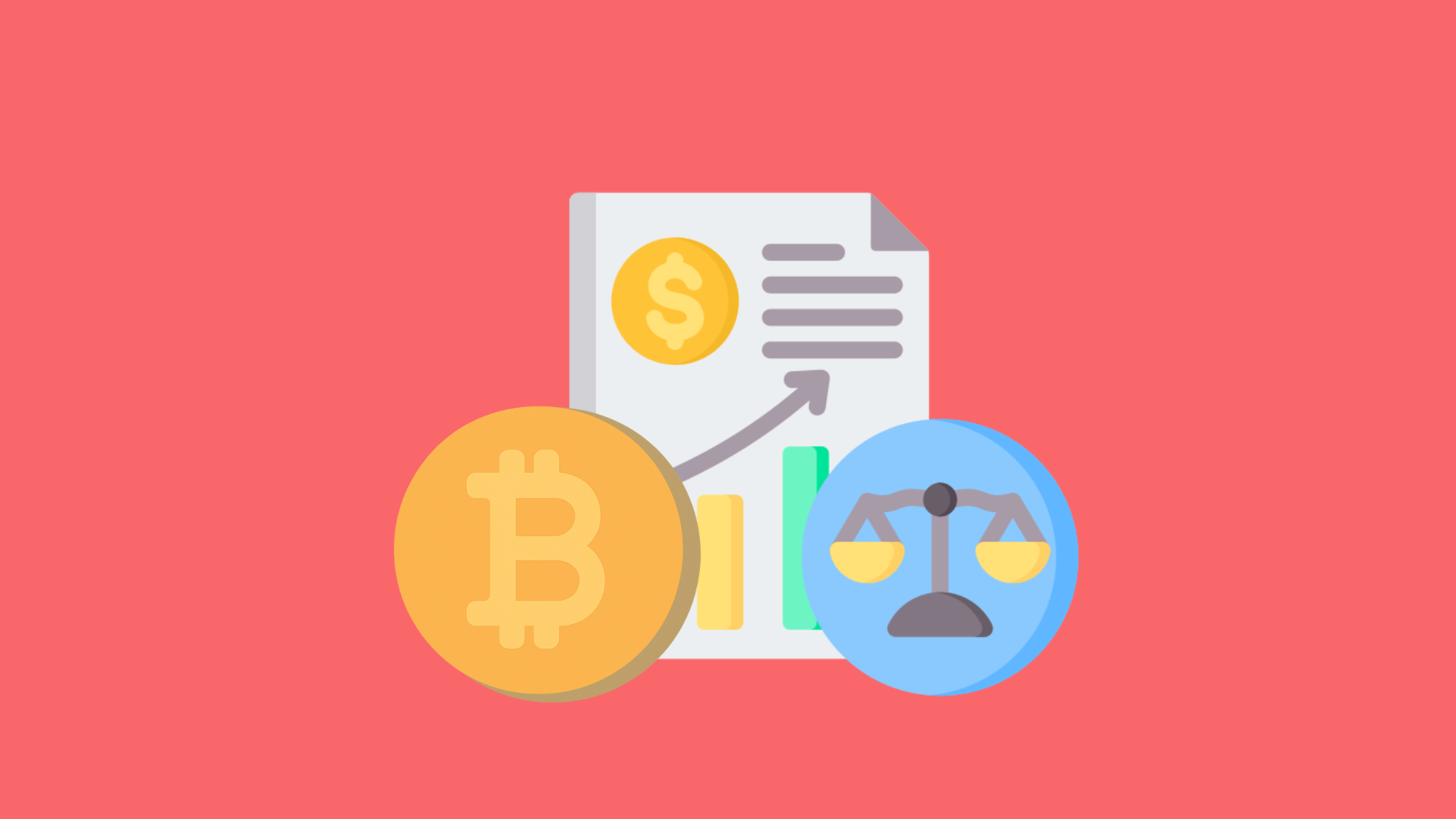Stablecoins for Business: Speed, Transparency and Global Reach
Discover how stablecoins offer businesses faster, cheaper, borderless payments—combining blockchain speed with fiat stability.

At the root of Bitcoin’s mission, outlined in its whitepaper, is for bitcoin to become electronic cash—for bitcoin to be used for “payments [...] sent directly from one party to another without going through a financial institution”. In practice, today, bitcoin’s volatility makes its use as a payment instrument difficult—though this of course can be done. Of over 15,000 companies and stores which accept payments in cryptocurrency, bitcoin is consistently listed as an accepted option across all of them.
A solution raised to the issue, leveraging both the efficiency of blockchain transactions and the stability of fiat currencies, is stablecoins, which are value-referenced crypto assets. On-chain transactions have the potential to revolutionize cross-border remittances in particular, with their fast settlement, their cost efficiency and their high capability. But before the general population is ready to adopt cryptocurrency in their everyday lives, broader corporate adoption must first pave the way in order to build trust.
Cryptocurrencies offer compelling advantages for corporations of all sizes and types. Bitcoin is increasingly integrated—both by crypto-native enterprises or companies new to cryptocurrency—into corporate balance sheets. As a treasury asset, bitcoin offers exposure to a growing digital asset industry, signals innovation as part of the company’s values and helps protect reserves against inflation and fiat currency devaluation.
This article highlights stablecoins, showcasing how they provide businesses with enhanced stability, greater control and increased flexibility. Explore how companies, whether operating at the local or the international level, can benefit from adopting them today.
In Sum
- Bitcoin enables peer-to-peer payments, but volatility limits its use; stablecoins combine blockchain speed with fiat stability.
- Traditional payment rails are slow, costly, opaque and hurt business liquidity.
- Stablecoins offer fast, low-cost, transparent and 24/7 borderless transactions with a degree of inflation protection for companies operating in a country facing currency devaluation.
- Businesses already use stablecoins for rapid international settlements, while retail giants explore their own tokens.
In Numbers
- U.S. credit card companies gained $148.5 billion in 2024 from merchant fees.
- Banks can charge anywhere between 4% and 15% for sending money in a different country.
- Merchants pay from 1.10% to 3.15% per credit card transaction.
- On August 56, 2025, gas fees cost 0.4778 USD per transaction.
Inefficiencies with Current International and Local Payment Rails
The monetary transfer landscape has greatly evolved since the minting of the first ever coins, from credit cards to modernized international transfers. Yet, many inefficiencies remain to be bridged.
Current Foreign Currency Flows and Monetary Transfer Landscape
Intermediaries are often involved in cross-border transfers, significantly stifling the rhythm of transactions and slowing down business. Payments can sometimes take days to land—and of course, every intermediary takes its cut.
In Canada, when sending money internationally or domestically through wire transfers, EFTs or bill payments, tracing the exact path of one’s funds can also be challenging. Lack of transparency can leave senders and recipients uncertain, especially if delays occur or payments are held for review by intermediary institutions. It can be especially stressful when funds take days to reach their destination.
Alternatively, with each intermediary comes its own set of fees. Sending banks, intermediary banks and receiving banks may all deduct their portion of the transfer. Even if, in the best case scenario, each bank only charges a small percentage or a few dollars per transaction, these can quickly add up to a substantive amount. Yet this is not always the case. Banks can charge anywhere between 4% and 15% for sending money internationally.
Additionally, when two companies operate in different countries with distinct currencies, they face foreign exchange risk by conducting transactions in one currency and later converting them back to their local currency. Some jurisdictions also limit foreign exchange availability, creating additional risks and delays through capital controls.
The process of sending international wires or other forms of payments across borders is not only expensive nor just slow. It is overall inefficient, limited by incompatible bank operating hours across different timezones, cumulative transaction fees from intermediaries which significantly slow down the process, as well as unfavourable exchange rates. In turn, company liquidity management is affected.
Current Local and Day-to-Day Payments Landscape
Companies operating on a local level are also limited by payment rails which similarly affect their day-to-day liquidity management.
Credit card payments by clients for example, are subject to hefty fees charged by card issuers. Credit card processing fees range from between 1.10% to 3.15% for each transaction. U.S. credit card companies gained $148.5 billion in 2024 from merchant fees.
In addition, processing times can be slow—this is again due to the many intermediaries along the rail who work towards settling the transaction. While authorization is instantaneous when a client taps or inserts their card into the point of sale (POS) system, settlement only takes place after a series of checks and requests. From the payment processor and card network, to the issuing and acquiring banks and, finally, into the merchant’s account, the journey of a transaction is currently a long and complex process.
Processing types for legacy payment routes are additionally spaced out because credit, as well as most debit card networks and wire networks, are batch settlement systems as opposed to instant settlement systems. This means that credit, debit and wire transactions are respectively grouped together and processed at specific intervals instead of in real time.
It can take for funds to reach the hands of the merchant from 1 business day to 7 business days or longer if they have an aggregator account acting as a middleman between them and their credit card payment processor.
This limits the funds available to merchants for daily operations or to cover for any unexpected events, especially as credit card payments constituted the payment method with the greatest share of total transactions in 2023 with 33%. Of course, this has the largest impact on small and medium-sized enterprises (SMEs).
Following not very far behind, debit card payments constituted 30% of total transactions in 2023. They also face similar settlement times, but they generally cost merchants less because of the degree of risk intrinsic to the credit system.
On the other hand, business-to-business (B2B) transactions using traditional payment rails for large transactions are subject to high fees and are limited to bank operating hours.
Where Crypto Comes In
By contrast, decentralized finance operates as a peer-to-peer system that enables near-instant settlement, removing the reliance on intermediaries that often slow down payment processes, whether domestic or cross-border.
While different cryptocurrencies differ in settlement speeds, each offering unique benefits and drawbacks, stablecoins stand out with the greatest potential to drive a future of faster, more cost-efficient payment systems.
Stablecoins are a form of cryptocurrency whose value is pegged to another asset, such as a fiat currency like the U.S. dollar. There are different types and uses to stablecoins—those at the center of the discussion brought to light this year with American GENIUS legislation are payment stablecoins.
In the GENIUS Act, payment stablecoins are defined as digital assets used for settlement purposes, with a fixed value redeemable in fiat currency offering no interest nor yield. It is not a security, not a deposit nor a national currency.
As such, stablecoins have the potential to fulfill one of the core missions of Bitcoin—that of powering a peer-to-peer electronic cash system.
Fast Settlement
A stablecoin settles rapidly on the blockchain, eliminating the delays associated with bank intermediaries. Stablecoin transactions settle in the matter of minutes, rarely taking hours—in any case, it remains much faster compared to traditional routes based on batch settlement systems.
Unlimited Availability
Unlike traditional institutions and markets, cryptocurrency markets never close, enabling around-the-clock transactions. Emergencies can be settled without waiting for the next business day to come around whether across the country or even for global transfers.
Cost-Efficiency
Eliminating intermediaries comes with eliminating sets of fees associated with each middleman. In a peer-to-peer system, transactions bypass banks, payment processors and brokers, meaning the only cost to the sender is the gas fee—a small charge that goes directly toward securing and validating the transaction on the blockchain. At the time of writing, in end of August 2025, gas fees cost 0.4778 USD per transaction.
Traceability
When stablecoin transactions receive approvals, changes are reflected almost instantly on the blockchain. Publicly accessible, the blockchain acts as a ledger enabling transparent and verifiable operations.
Hedge Against Inflation
For individuals or companies whose local currency is rapidly weakening, transacting in a stablecoin tied to a stronger currency provides a practical hedge against inflation, preserves purchasing power and enables smoother participation in global trade while reducing the risks of local currency volatility.
Use Cases
All in all, stablecoins are extremely flexible payment instruments, with many applications and advantages as well as the potential to revolutionize the payments sector. Many companies are already adopting stablecoins—or actively exploring their use—for faster, cheaper and more efficient transactions.
Here are real-world examples of current stablecoin use cases, as well as potential future applications across industries that stand to benefit from adopting them.
International On-Chain Transactions for Businesses Operating Globally
Businesses regularly conducting international transactions can benefit from using stablecoins to settle payments. For example, a Canadian company receiving payments from clients abroad can reduce settlement time, lower transfer fees and choose when to convert currencies—limiting short-term foreign exchange exposure.
To access local currency quickly, companies can use an OTC desk (over-the-counter trading service), like EZO, which can facilitate large conversions of stablecoins into fiat without relying on retail crypto exchanges. OTC desks often provide better liquidity, lower fees and faster settlement compared to traditional off-ramp methods, making them a practical bridge between blockchain payments and a business’ bank account.
Local On-Chain Transactions for Businesses Operating Locally
Companies as big as Walmart and Amazon are starting to explore the launch of their own retail stablecoins to potentially handle internal operations. In the long term, the scope of a Walmart or Amazon digital dollar could grow to be offered as a payment tool to their extended ecosystem including partners and even customers purchasing merchandise.
Frequently Asked Questions
How Can Stablecoins Improve International Payments?
Cross-border transactions using traditional rails involve multiple intermediaries, high fees and settlement delays. Stablecoins enable near-instant settlement, lower fees, transparency and 24/7 availability for global transfers.
How Can Stablecoins Improve Local Merchant Payments?
Credit and debit payments trigger fees merchants, in addition to only settling some business days later into their bank accounts. Stablecoins enable nearly instantaneous payments at significantly lower fees.
How Can Companies Convert Stablecoins Back to Fiat Currency?
To convert stablecoins back into fiat currency, OTC desks like EZO present the ideal solution: low fees and fast settlement. They also provide personalized service and deep liquidity, ensuring large transactions can be executed smoothly.









